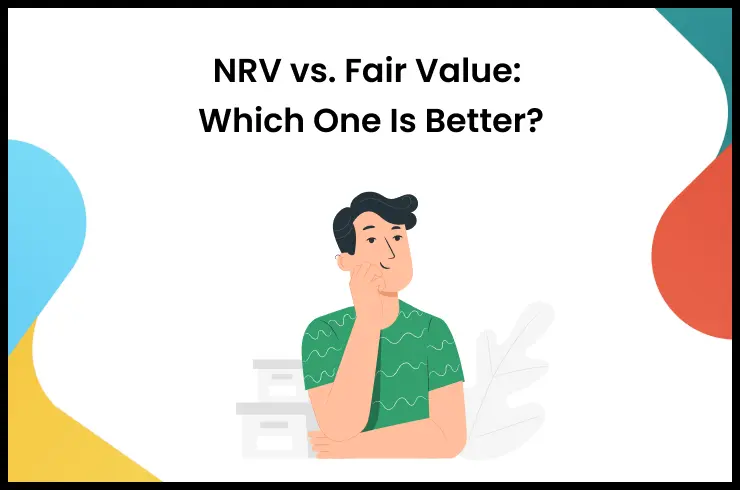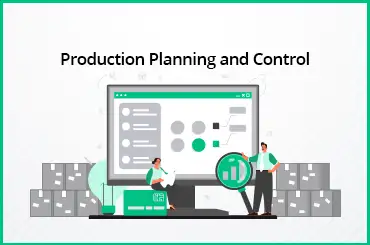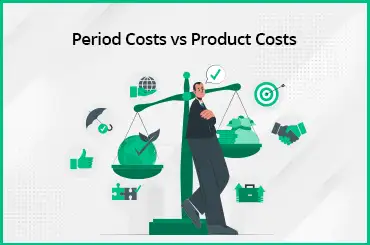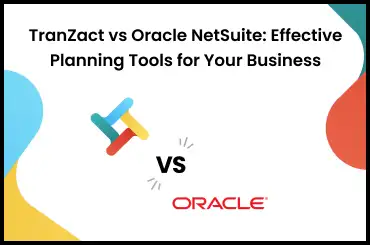Program and Project Management Portfolio help organizations work better by managing tasks and goals.
A portfolio is a collection of all the projects and programs in an organization, and these align with its goals. Project program and portfolio management pdf are valuable resources that provide:
1. Complete insights into the respective disciplines.
2. Offering guidance on strategic planning.
3. Resource allocation.
4. Successful project delivery.
Project program portfolio and operations management are distinct disciplines that ensure the putting of starting and alignment with objectives in an organization.
What Is Portfolio Management?
Portfolio management is a process that systematically
- Selects
- Highlights
- Oversees an organization's projects, programs, and other initiatives.
What Is Program Management?
Program management is a discipline that involves overseeing and working together with a group of related projects to achieve a benefit. It focuses on making these projects with:
- Organization's goals
- Managing connections
- Improving resource use
What Is Project Management?
Project management is about:
- Planning
- Carrying out
- Controlling a project to meet set goals, keeping in mind factors like time, budget, and scope.
Read Also: What Is Inventory Management System?
Difference Between Program Management And Portfolio Management
Program management and portfolio management are important parts of looking after projects in a business. Even though both aim to reach big goals, they work at different levels of size and responsibility.
| Aspect | Program Management | Portfolio Management |
|---|---|---|
| Meaning | Oversees a group of related projects with a common strategic objective or benefit. | Manages a collection of projects, programs, and actions in line with the organization's strategic goals. |
| Focus | Coordination of interrelated projects to achieve common goals | Strategic alignment, resource optimization, and risk management across all projects and programs. |
| Scope | Limited to a specific set of interrelated projects. | Encompasses all projects, programs, and initiatives within the organization. |
| Decision Making | Focuses on planned decisions related to individual projects within the program. | Involves strategic decisions regarding project selection, prioritization, and resource allocation. |
| Objectives | Maximizes efficiency and synergies among projects within the program. | Balances and optimizes the overall project portfolio to achieve organizational goals. |
| Communication | Facilitates communication among project teams and partners within the program. | Ensures communication across all projects, programs, and partners at the organizational level. |
| Performance Measurement | Evaluates the success of the program based on its specific objectives. | Measures the performance of the entire portfolio, including the contribution of each program and project. |
| Risk Management | Focuses on managing risks particular to the connections among projects. | Addresses risks at the portfolio level, considering the impact on the organization's strategic goals. |
| Duration | Generally, a program has a defined time and is temporary. | Portfolio management is ongoing and aligns with the organization's long-term strategy. |
| Decision-Maker Role | Program Managers oversee the execution and delivery of projects within the schedule. | Portfolio Managers make strategic decisions and ensure the overall success of the portfolio. |
Advantages Of Portfolio Management
When a company uses a smart way to watch over a bunch of projects, which we call portfolio management, it helps the company use its resources well, make better choices, and work towards bigger goals. Let us have a look at some of the benefits of portfolio management:
1. Strategic Alignment
Program and project management portfolio helps decision-makers assess whether each initiative contributes to the overall mission, vision, and long-term objectives.
2. Resource Optimization
Organizations can allocate resources by evaluating resource availability and demands across the portfolio, avoiding over-allocation or underutilization of assets.
3. Decision Making
With a clear understanding of the portfolio's performance, leaders can make decisions about the projects to invest in and improve the return on investment.
4. Value Creation
By selecting projects that offer the most benefits, organizations can get their competitive advantage and overall performance.
Disadvantages Of Portfolio Management
Portfolio management has good things it can bring to a company. But, just like any plan, it has some not-so-good sides too. This discussion will look at these problems so that companies can make smart choices when deciding to use portfolio management. Let us have a look at some of the disadvantages of portfolio management:
1. Complexity
Managing a portfolio of projects, programs, and initiatives can be difficult and might need a lot of resources.
2. Fitting Projects with Company Goals
Balancing the portfolio to match the organization's goals needs careful evaluation and decision-making.
3. Resource Constraints
Limited resources may lead to competition among projects within the portfolio, making it challenging to allocate resources.
4. Decision-Making Problems
In large organizations, decision-making processes may become slow.
Similarities Between Program Management And Portfolio Management
Program Management and Portfolio Management are alike as they both handle multiple projects effectively. In this part, let’s have a closer look at the similarities between program management and portfolio management:
1. Matching Projects to Organization's Goals
They ensure that projects and programs match the organization's overall mission, vision, and long-term goals.
2. Focus on Value Delivery
Program managers and portfolio managers prioritize projects and initiatives that help the most to organization's success.
3. Resource Optimization
Both program and portfolio management involve resource optimization. Resources such as people, tools, and more have to be allotted to ensure that every project that has been started has the right capacity and the right resources to complete the goal.
4. Decision-Making Process
Both program and portfolio management involves decision-making processes. Program managers make tactical decisions regarding individual projects within the program, while portfolio managers make strategic decisions about project selection, prioritization, and resource allocation.
Importance of Differentiating Portfolio, Program, and Project Management: How TranZact Simplifies Success
Understanding the differences between portfolio, program, and project management is crucial for effectively organizing and executing various initiatives within a business.
TranZact simplifies project, program, and portfolio management with its user-friendly platform, helping businesses
- Simplify operations
- Track progress
- Make informed decisions for success.
FAQ On Portfolio, Program, And Project Management, What Are The Differences?
1. What is the main difference between portfolio management, program management, and project management?
The differences between project program and portfolio management are:
1. Portfolio management deals with the selection of an organization's projects and programs.
2. Program management involves coordinating connected projects to achieve common goals.
3. Project management focuses on doing individual projects within specific rules like:
- Time
- Budget
- Scope.
4. Program management ensures different projects work well together and hence make the best use of resources.
2. How do portfolio managers and program managers differ in their decision-making roles?
Portfolio managers make decisions about:
- Project selection
- Prioritization
- Resource allocation across the organization's portfolio.
Program managers make decisions about coordinating and managing projects that work together in their program.
3. How do these three management disciplines contribute to an organization's success?
The three management disciplines that contribute to an organization's success are:
- Portfolio management ensures that the organization invests in related projects and programs.
- Program management helps projects work well together, making everything more efficient and successful.
- Project management ensures each project is done right on time and within budget.
4. What are the key benefits of implementing portfolio, program, and project management in an organization?
Implementing these management practices leads to:
- Improved strategic alignment
- Resource optimization
- Risk management
- Decision-making.
5. How do portfolio and program managers interact with project managers in the overall project landscape?
Portfolio managers, program managers, and project managers all work together to make sure that the organization's important plans are successful. They decide which projects are most important, manage groups of projects, and make sure each project gets done well.
6. What are Project, Program, and Portfolio Management examples?
Examples of project program and portfolio management are:
- Project Management: Building a website, marketing campaign, and constructing a bridge.
- Program Management: IT program implementing an ERP system.
- Portfolio Management: Product development, market expansion, research projects, sustainability efforts.
Infographic- Unlocking Efficiency With Tranzact
Comprehensive Solution for Project Management
- TranZact offers a comprehensive solution with advanced tools and expertise
- This will empower organizations to excel in project management.
Streamlined Processes for Success
- With TranZact, streamline your portfolio, program, and project management processes
- Enable better decision-making and optimized resource allocation.
Driving Collaboration and Success
- Embrace TranZact to foster collaboration among teams















